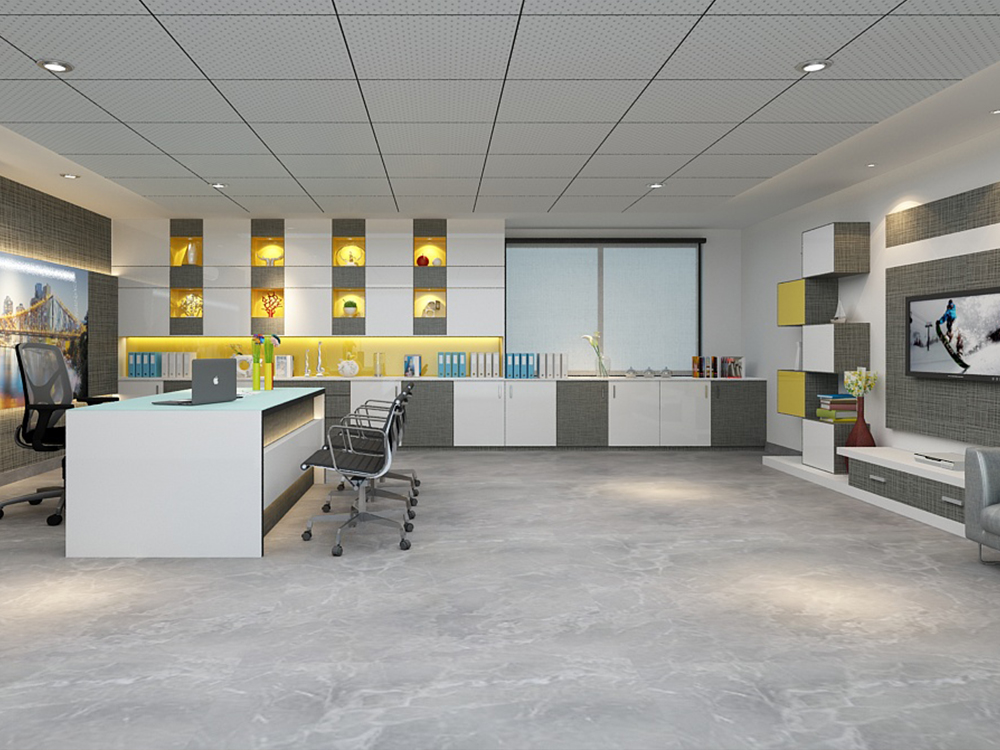False Ceiling
False Ceiling
A false ceiling, also known as a dropped ceiling or suspended ceiling, is a secondary ceiling installed below the original or structural ceiling.
It is a popular element in interior design for several reasons:
- Aesthetic Appeal False ceilings provide a clean, finished look to a room. They can be customized with various designs, textures, and finishes to enhance the overall aesthetics of the space.
- Concealing Imperfections They can hide structural elements, wiring, ductwork, and plumbing, creating a more polished and uncluttered appearance.
- Acoustic Benefits False ceilings can improve sound insulation by absorbing and reducing noise levels within a room. This is especially beneficial in commercial spaces, offices, or rooms where acoustics are important.
- Thermal Insulation They can provide an additional layer of insulation, helping to regulate the temperature in a room and reduce energy consumption for heating or cooling.
- Lighting Integration False ceilings can house various lighting fixtures, including recessed lights, pendant lights, LED strips, and spotlights. This allows for creative and functional lighting designs.
- Versatility in Design False ceilings come in different materials like gypsum, metal, wood, or PVC. They can be shaped, curved, or layered to create intricate and unique designs.
- Accessibility False ceilings are often designed to be easily removable or hinged, providing convenient access to concealed services or equipment, such as air conditioning units.







